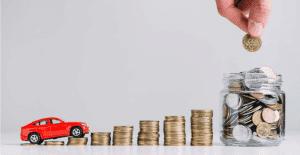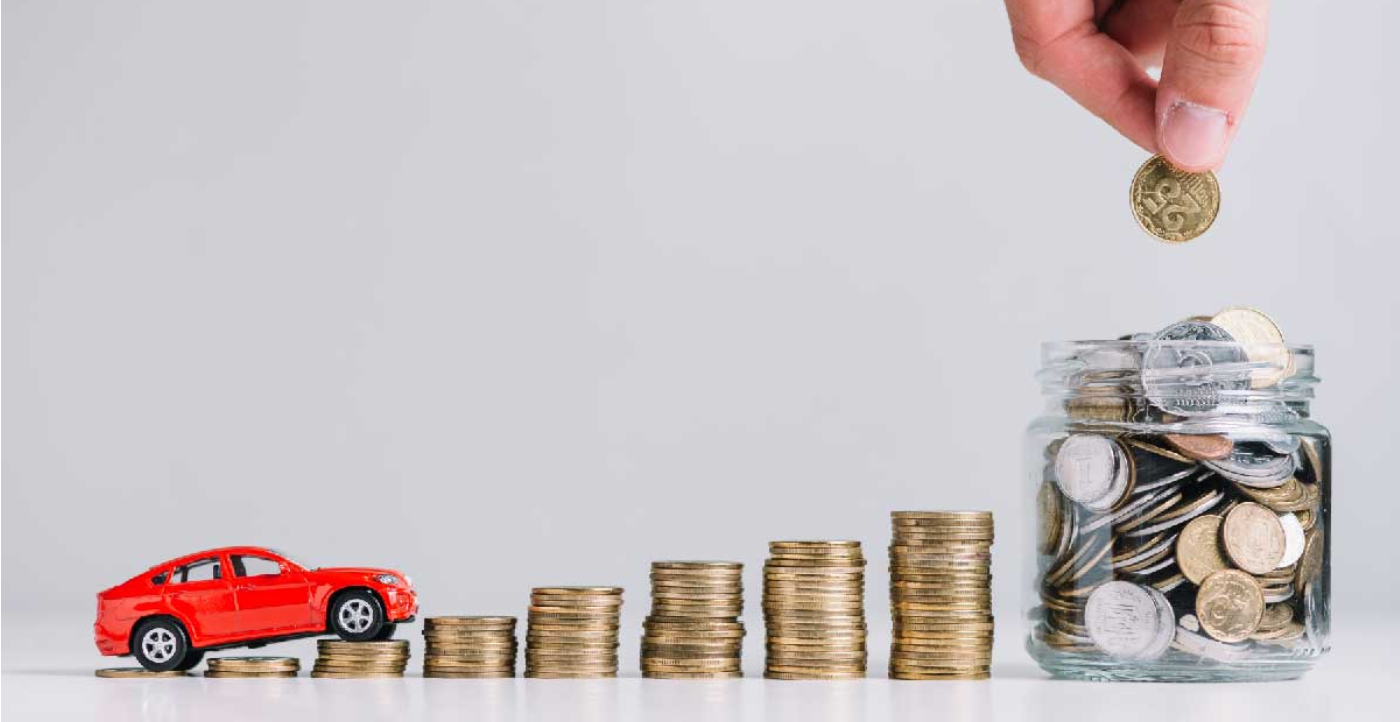If you’re like most drivers, you care deeply about your car’s value. You want to make sure it retains its value over time, and you’re not afraid to take care of it yourself. There are a few tips to help keep your car’s value high.
What Does a Car’s Rate of Depreciation Mean?

When you buy a car, you’re likely thinking about how much it will depreciate in value over time. But what exactly does a car’s rate of depreciation mean?
The rate of depreciation is the percentage by which a car’s value declines over time. In general, cars lose approximately 25% of their value after 3 years, 40% of their value after 5 years, and 50% of their value after 7 years.
So, if you buy a car for $20,000 and it’s worth $16,000 three years later, the depreciation has cost you $4,000. If the car is still worth $16,000 after 5 years, the depreciation has cost you $8,000. And if the car is still worth $16,000 after 7 years, the depreciation has cost you $12,000.
The key to keeping your car’s value as high as possible is to make sure you drive it closely and keep it in good condition. And if you’re ever thinking of selling your car, make sure to price it fairly and accurately so that you can get the most money for your car.
Why Does It Matter?
When you buy a car, you might be thinking about its rate of depreciation. But what does depreciation really mean, and why does it matter?
The rate of depreciation is a measure of how fast a car’s value decreases as time goes on. The lower the depreciation rate, the faster a car’s value will decline.
When you first buy a car, its value is relatively high. This is because there is a lot of demand for new cars, and the supply is limited. Over time, however, the demand for new cars declines, and the supply of cars increases. This means that the value of the cars on the market decreases.
The depreciation rate reflects the decrease in car value over time. It’s expressed as a percentage. For example, a car with a depreciation rate of 5% will decline in value by 5% each year.
Depreciation rates vary from car to car, and from year to year. They can also change quite a bit based on the market conditions at any given time.
So, what does this all mean for you? The depreciation rate is one factor that affects the price you’ll be able to get for your car when you sell it. The lower the depreciation rate, the higher the price you’ll be able to get.
If you’re interested in buying a car, it’s important to know the depreciation rate for the type of car you’re interested in. And if you’re looking to sell your car, it’s important to know the depreciation rate so you can set a realistic price.
8 Factors that Affect a Car’s Depreciation Rate
When you purchase a car, one of the most important decisions you have to make is the depreciation rate. This rate is the percentage of the car’s original value that will be lost each year. When you purchase a car, the manufacturer will usually offer a fixed depreciation rate for the first three years. After that, the depreciation rate will be based on the market value of the car.
There are a number of factors that can affect a car’s depreciation rate. The following are eight of the most important.
1. Age
The older a car is, the more it will depreciate. This is because the car’s structural integrity is lower and it may have more mechanical issues.
2. Condition
A car in poor condition will depreciate more than a car in good condition. This is because a car in poor condition will likely need more repairs than a car in good condition.
3. Mileage
The more miles a car has, the more it will depreciate. This is because the car will have worn out its parts and will be more difficult to maintain.
4. Type of Vehicle
A car that is used for commuting will depreciate more than a car that is used for pleasure. This is because commuters will be driving the car more and its parts will be subjected to more wear and tear.
5. Manufacturer’s Suggested Depreciation Rate
Some car manufacturers have a fixed depreciation rate and others have a market-based depreciation rate. If you buy a car from a manufacturer with a fixed rate, it will be based on the car’s model year, make, and condition. If you buy a car from a manufacturer with a market-based rate, the depreciation rate will be based on the market value of the car at the time of purchase.
6. Trade-In Value
If you trade-in a car at the time of purchase, the depreciation rate for the new car will be based on the trade-in value of the old car.
7. Tax Deduction
If you purchase a car with a tax deduction, the depreciation rate for the car will be based on the federal tax depreciation rate.
8. Insurance Deduction
If you purchase a car with an insurance deduction, the depreciation rate for the car will be based on the state tax depreciation rate.
How to Minimize the Depreciation Rate of Your Car?
If you own a car, you likely have a depreciation rate in mind. How long will my car last? How much will it depreciate in the first year? Two years?
Depreciation rates vary depending on the make and model of car, driving habits, and other factors. But there are some general tips you can follow to minimize the depreciation rate on your car.
1. Drive sensibly.
If you drive your car sparingly, it will likely last longer. Conversely, if you drive your car hard, it will likely depreciate faster. Try to avoid extremes in your driving habits and stick to a moderate driving style.
2. Get a car with low mileage.
If you can, try to get a car with low mileage. This will reduce the amount of wear and tear your car will experience, which will in turn reduce the depreciation rate.
3. Keep your car clean and tidy.
A well-kept car will look nicer and will probably last longer. Keep your car clean and tidy – this will reduce the amount of dirt, dust, and other debris that can accumulate over time and cause damage to your car.
4. Get a car insurance policy that includes auto depreciation.
If you have auto depreciation coverage in your car insurance policy, this will help to reduce the amount of depreciation your car experiences.
5. Consider using a car depreciation calculator.
Some car depreciation calculators can help you estimate the depreciation rate on your car. This can help you to better understand the impact of your driving habits on the depreciation rate on your car.
Conclusion
There are a few ways to keep your car’s value high. Regular maintenance can help keep it running smoothly and keep you and your passengers safe. By following the manufacturer’s guidelines and performing inspections on a regular basis, you can help ensure that your car is in good condition and is ready for market.

